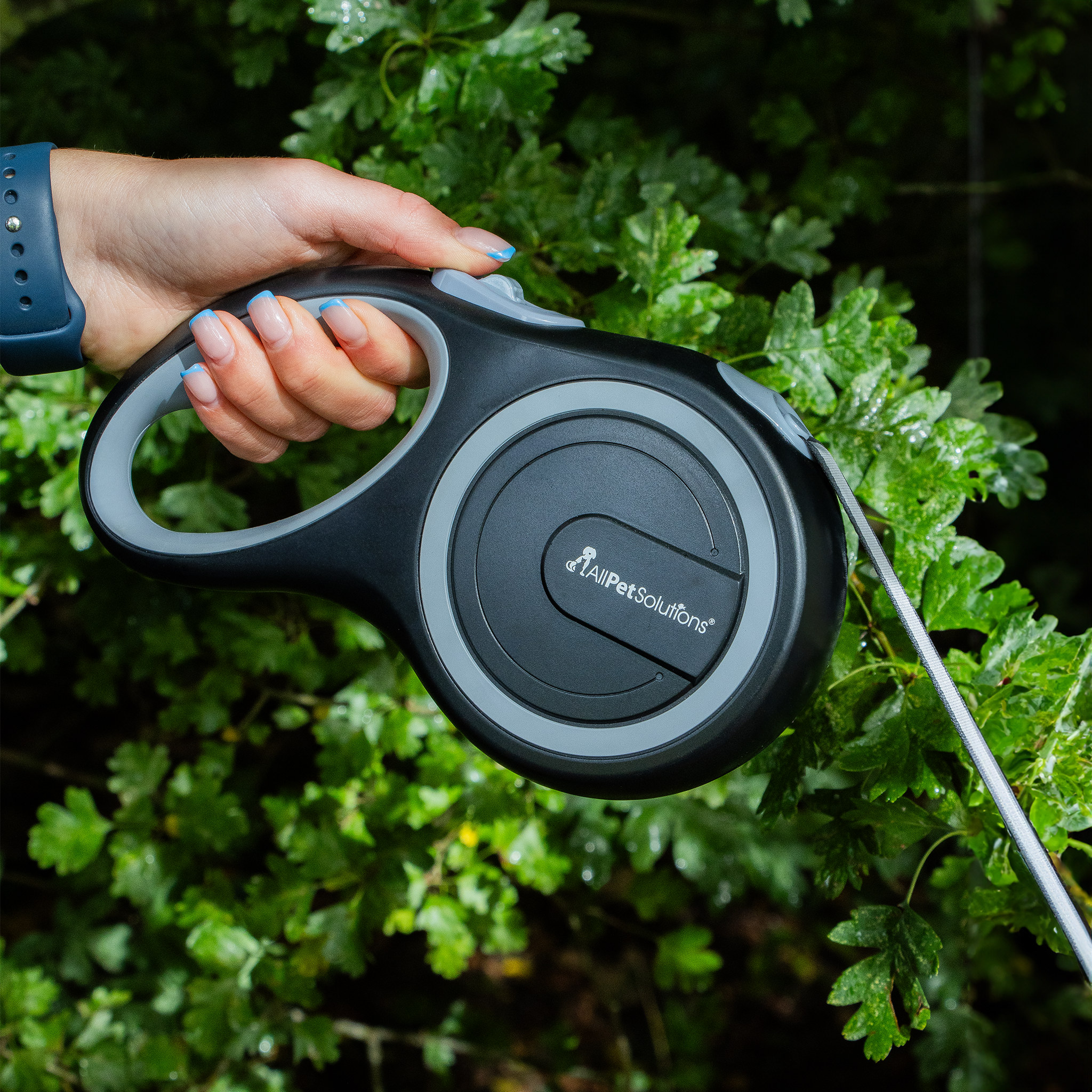How to Choose a Litter Box for Your Cat
Cats are naturally clean creatures, which is just one of the many reasons they make such fantastic pets. Not only do they groom themselves to get rid of dirt, but one of their natural instincts is to bury their own pee and poop.
However, because they are so clean, they won’t go to the toilet just anywhere. If you don’t provide the right type of litter box, and the right type of litter, for your cat, they are likely to choose somewhere else to go to the toilet - and it may be somewhere else that you don’t like.
You may find there is some trial and error involved in finding the perfect litter box for your cat. However, by thinking about the following ideas and guidelines, you are more likely to get it right first time, making for a happier cat, a cleaner house - and a happier cat owner!
What Size Litter Tray Does My Cat Need?
If you have a kitten, it’s important to make sure you set the new addition to your family up for success. A kitten will need a litter box with lower sides to easily get in and out. Look for a litter tray which has sides which are high enough to stop litter from scattering all over your floor, but which allow easy entry for little legs. A litter box with a height of around 15cm will be a good starter tray for your kitten, while also being suitable for many cats.
As your kitten grows, or if you have a cat, you can move onto a larger litter box. You will need to think about the size of your cat - they should have room to turn around in the box and bury their waste. Look for a litter box which is around one-and-a-half times the length of your cat (not counting their tail). If you aren’t certain, it’s best to opt for a larger box to ensure they have room to move.
A litter tray of around 47cm and upwards will be suitable for most cats, but if you want to give your cat a little more room or you have a larger-than-average cat, choose a larger litter tray.
Don’t only consider the width and length of the box, but also the depth. You need a box which has enough volume to allow the right amount of litter. Not enough litter and your cat litter tray will get dirty very quickly. Too much and you will end up with litter scattered everywhere. You will need to have at least 5cm of litter in your tray. You may find your cat prefers it to be deeper if they particularly like to scratch or kick their litter around.
If your cat likes to make a big deal of burying their poop, they could scatter litter across your room. You may find that a litter box with a rim is enough to prevent litter from escaping. Or, you could look at a litter box with a lid, and a door, a bit like a cat flap, which will make sure all litter stays where it should be - in the box. A hooded tray also helps to contain bad odours.
Why Your Cat May Not Want To Use Their Litter Tray
You may have done all the above. You’ve chosen a litter tray that is the right height and size for your cat and you have the right amount of litter. But, you are still having problems with encouraging them to use it. So, why might your cat not want to use their litter tray?
If this is a sudden problem, it may be that your cat has a medical problem which you need to have checked out at the vets. But, there are other reasons that your cat may not wish to use their litter tray, which can easily be resolved.
It is very common for your cat to stop using their litter box if it doesn’t meet his or her exacting standards of personal hygiene, so you will need to clean your cat’s litter tray regularly. Otherwise, your cat will simply move elsewhere to do their business.
You can use litter tray liners to make the cleaning process easier. When you’re ready for a full litter change, you simply lift out the whole liner. Also, have a scoop on hand, for smaller, regular, cleans. Before filling up your box again, make sure your litter tray is bacteria-free, by using a disinfectant which is safe for cats.
If you really want to make sure that your cat’s litter tray is perfectly clean without you having to do much work at all, you could invest in a self-cleaning litter box.
The issue could also be down to location. Your cat won’t want to do their business too close to where they eat or the drink, so their litter tray should be set away from their food bowls. They also generally don’t like to be in a space which is too hidden away as they have a natural instinct to watch out for danger, yet they won’t want to do their business in an area of high traffic either, so you need to get this balance right. If you have more than one cat, the problem could be that they prefer not to share. Adding an extra litter box could solve the problem.
With the right litter tray and regular cleaning, your cat will know within no time where they should go to the toilet, and they will use the same spot for a lifetime.

